Thursday, May 11, 2023 · 1378 words · 9306 characters
Fully automated and driverless
UNICARagil shows how driverless vehicle can drive safely in mixed traffic
- Final event of one of the largest research projects on autonomous driving presents 4 fully driverless vehicle prototypes,
- In the last five years, multi-university consortium developed completely new architecture, concepts and software for driverless vehicles.
After five years of intensive work, 8 universities and 9 companies today have presented their results to the public. Four fully autonomous vehicle prototypes now show how future mobility can succeed and at the same time fulfill complex tasks from individual and public transport as well as freight transport.
Automated and connected vehicles will play a key role in meeting the challenges posed by a growing demand for mobility and advancing urbanization. They create the basis for sustainable and intelligent road traffic, novel mobility and transportation concepts, and improvements in road safety and quality of life in urban and rural areas.
However, vehicle concepts suitable for this require much more powerful and updateable information processing in the motor vehicle and thus a revolution of established architectures and development processes. The prevailing approach in the automotive industry of an evolutionary further development of existing systems and concepts will only be able to achieve limited success due to numerous dependencies between hardware and software
Therefore, the UNICARagil project, funded by the BMBF with about 32 million euros, involved a revolutionary rethink of the vehicle itself, its development and the underlying architectures.
"Science must question what is known and create new knowledge-these are basically our core tasks and one of the cornerstones of our science location Germany," says Prof. Lutz Eckstein, head of ika and overall coordinator of the project. "Therefore, we have set ourselves the task across universities to create an agile updateable and expandable architecture for driverless vehicles. We want to achieve this with the UNICARagil project in a tangible and convincing way."
The aim of the project was therefore to create the foundations for a user-centered concept of driverless driving oriented to human capabilities through cooperation between leading German universities in the field of automated driving and specialized companies. For this reason, the project team deliberately refrained from converting or upgrading current vehicles. "Current vehicles represent answers to completely different requirements; they are geared toward humans as vehicle drivers. Simply removing the steering wheel now and installing an automatic steering and control system in the space thus freed up creates only limited added value. With the possibility of automation, we can also rethink the car itself," says Timo Woopen, project manager at UNICARagil.
The project consortium therefore first developed a completely new vehicle structure without the legacy of current vehicles. Conventional vehicles basically consist of a chassis, a powertrain and a body. In UNICARagil, the chassis and drivetrain are combined into four dynamics modules, each of which drives, guides, steers and brakes a single wheel. These modules are connected to each other via a driving platform, which, thanks to the innovative wheel guidance system, can also steer all wheels through 90° and thus easily fit sideways into the smallest parking spaces. The cabins placed on the driving platform are individually designed according to the intended use of vehicles. This modular principle allows maximum flexibility in interior design with minimal development effort for future series production
In order to automate vehicles in a meaningful way, not only a wide range of sensor technologies is required, but also modular control intelligence. In addition to the development of generic sensor modules, further research focuses were on environment recognition, a flexibly expandable and updateable software and hardware structure and, of course, the networking and safeguarding of all these elements. Just as the human brain transfers tasks to other brain areas in the event of minor injuries, for example, the UNICARagil prototypes are not based on a central computer. For this reason, a computer architecture was chosen that works on several levels, networking the so-called cerebrum with the brain stem and the dynamics modules and providing multiple protection for all tasks that arise. The service-oriented software architecture allows agile updates that are integrated at runtime. The functional architecture additionally includes a cloud, where the actual learning from "experience" takes place, the road infrastructure such as sensors at traffic lights and so-called "info bees", which are understood to be small automated aerial vehicles. The networking between these components enables the vehicles to interact with conventional cars and commercial vehicles in a predictive and safe manner, even in confusing traffic situations.
The consortium is demonstrating the flexibility of the four driverless vehicle prototypes today at the public closing event using different applications: The autoCARGO demonstrates fully automated parcel delivery, the autoTAXI how individual motto cabs can enable private or business meetings while driving to the train station in the future. The autoSHUTTLE represents a flexible addition to public transport by driving on routes in rural areas that are not in such high demand, and the autoELF vehicle model thematizes a private and customizable family vehicle. The numerous visitors had the unique opportunity to ride along and experience what a fully automated driverless ride in urban mixed traffic feels like.
Since the start of the project in February 2018, more than 100 project employees from 15 chairs and nine companies have been researching these innovative concepts for driverless vehicles and their implementation. The orchestration of the various competencies of the cooperating project partners has contributed significantly to looking at the complex issues of driverless driving from different perspectives and thus identifying and implementing new interdisciplinary approaches to solutions.
The final presentation of the four vehicle prototypes and the automated air vehicle at the Aldenhoven Test Center today represents an important milestone for all those involved, because the project is not really over. On the one hand, the research results have been and will be presented and published at numerous conferences, and on the other hand, the findings of this project form a valuable basis on which vehicle manufacturers and other companies can build. Likewise, the follow-up project AUTOtech.agil has already started, which not only addresses still open questions of software and hardware architecture, but also creates the basis for an innovative and intelligent mobility system. The future has thus already begun.
General project data:
Name: UNICARagil – Disruptive modular architecture for agile, automated vehicle concepts
Project duration: 02/2018 – 05/2023
Funding: 32 Mio. €
Funded by: Federal Ministry of Education and Research (BMBF)
Project sponsor: VDI/VDE/IT
Overall coordinator: Prof. Dr. Lutz Eckstein, Institute for Automotive Engineering (ika), RWTH Aachen University
Project manager: Timo Woopen, Institute for Automotive Engineering (ika), RWTH Aachen University
Project partner:
- RWTH Aachen University (Institute for Automotive Engineering, Chair i11 - Embedded Software, Institute of Flight System Dynamics (FSD), Chair of Management Accounting),
- TU Braunschweig (Institute of Control Engineering (IfR), Institute for Data Technology and Communication Networks (IDA)),
- Darmstadt Technical University (Department of Automotive Engineering (FZD), Department of Physical Geodesy and Satellite Geodesy (PSGD)),
- Technical University of Munich (Chair of Ergonomics, Chair of Automotive Engineering),
- University of Stuttgart (Institute of Automotive Engineering),
- University of Ulm (Institut für Mess-, Regel- und Mikrotechnik MRM),
- KIT (Institute for Measurement and Control Technology, Institute for Materials Handling and Logistics Systems),
- University of Passau (Chair of Computer Engineering)
- Atlatec GmbH (has since been taken over by Robert Bosch GmbH),
- flyXdrive GmbH,
- iMAR Navigation GmbH
- IPG Automotive GmbH
- Schaeffler Technologies AG & Co. KG
- VIRES Simulationstechnologie GmbH
Associated partners:
- Maxion Wheels Holding GmbH
- Valeo Schalter und Sensoren GmbH
- Thinking Cars GmbH
Project advisory board:
- Deutsche Bahn AG
- BITO Lagertechnik
- BASt
- Continental
- e-mobil BW GmbH
- Ibeo Automotive Systems GmbH
- NOKIA
- NXP Semiconductors N.V.
- Robert Bosch GmbH
- SICK AG
About Institute for Automotive Engineering (ika) der RWTH Aachen University
As part of RWTH Aachen University, the Institute for Automotive Engineering (ika) researches the entire vehicle, including its systems and their interactions. From the initial idea through innovative component and system concepts to vehicle prototypes, the Institute's employees are shaping the vehicle of the future. The ika makes a recognized contribution to solving current and future challenges both in public projects and in cooperation with automobile manufacturers and suppliers.
The basis of our intensive research work for large parts of the automotive industry as well as public funding bodies at EU, federal and state level is our extensive infrastructure, which ranges from drive, battery, chassis and tire test benches to acoustic, thermodynamic and servo-hydraulic test facilities to a complete vehicle crash facility and test tracks including state-of-the-art measurement technology. In addition, there is up-to-date software and hardware equipment for all necessary simulation disciplines. ika employs about 120 permanent staff and more than 80 student assistants. In addition, around 100 student research and development projects are carried out on a permanent basis.
Released for publication. In case of reprinting, please send us a copy. If you have any questions or would like to receive further material, please contact your contact person.
Press contact
Institute for Automotive Engineering (ika), RWTH Aachen University
Steinbachstr. 7
52074 Aachen
Germany
Nikola Druce M.A.
Head of PR/Media
+49 241 80-25668
Contact
Dr.-Ing. Timo Woopen
Head of Vehicle Intelligence & Automated Driving
+49 241 80-23549
Email
Download
Download PDF of press release.
Download press release with images as zip file.
Link
internal Project website
Image of the final event
and 12 more pictures
Pictures of all cars
and 3 more pictures
Pictures autoCARGO
and 4 more pictures
Pictures autoELF
and 2 more pictures
Pictures autoSHUTTLE
and 2 more pictures
Pictures autoTAXI
and 6 more pictures
Videos of all cars
Under this link you will find a download of the videos of all four UNICARagil vehicles. (available until 22.05.2023)
A playlist for all four videos about the UNICARagil vehicles can be found on Youtube.
Project manager
Timo Woopen M.Sc.
+49 241 80 23549
Email
Supported by
Service
Cooperations
Address
Institute for Automotive Engineering
RWTH Aachen University
Steinbachstraße 7
52074 Aachen · Germany


![[Logo: Institute for Automotive Engineering (ika)]](https://www.ika.rwth-aachen.de/images/ika-logo-a-blau-blau-rgb.svg)
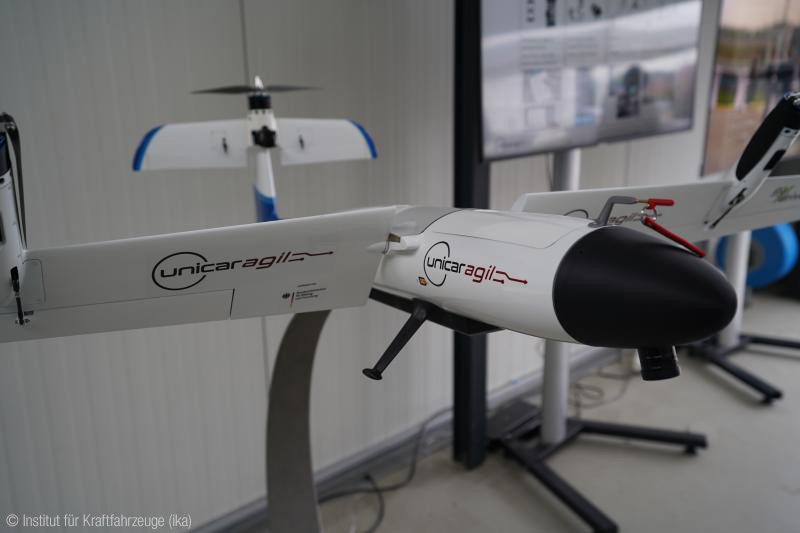
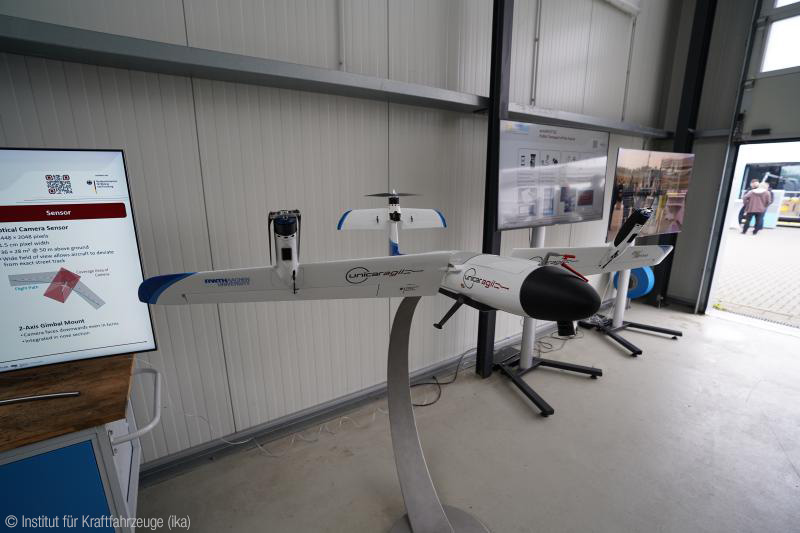
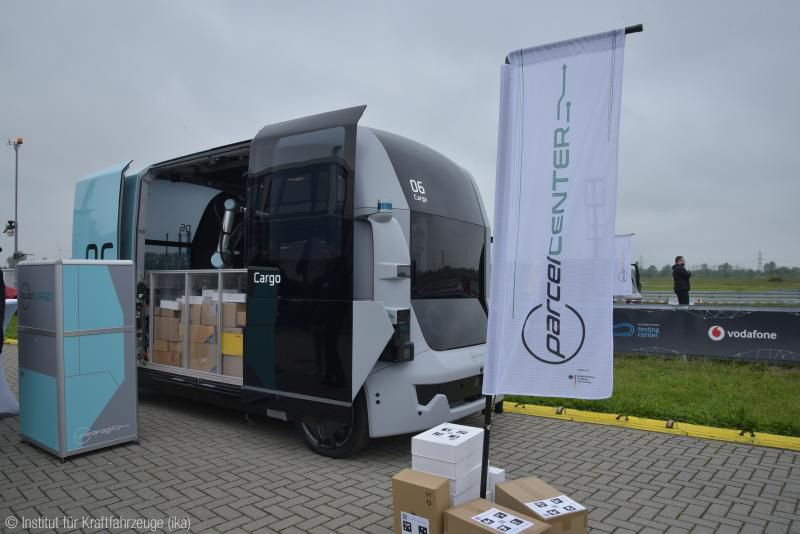
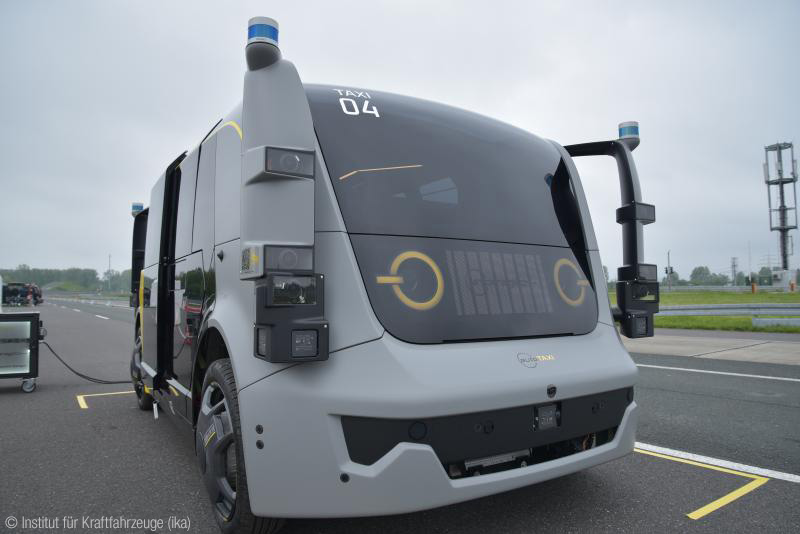
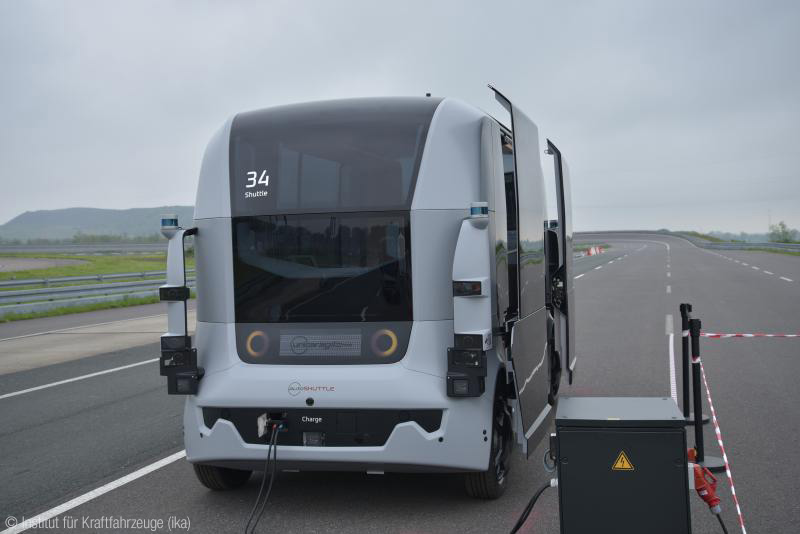
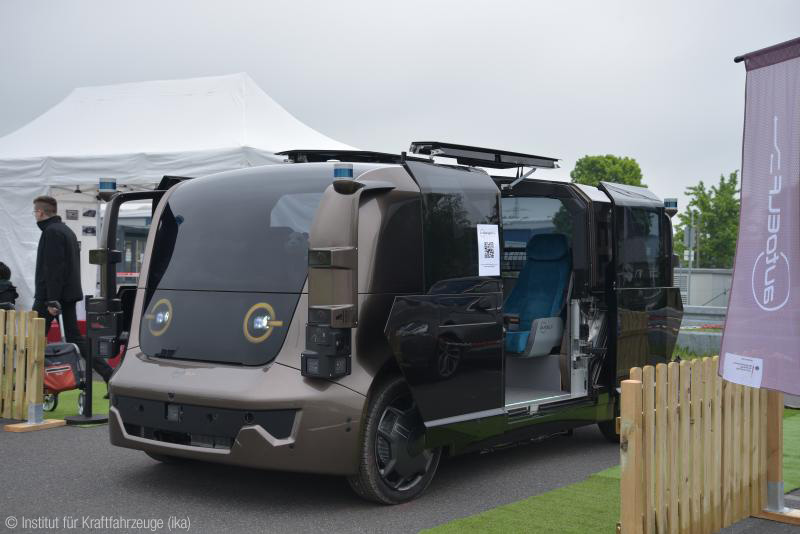
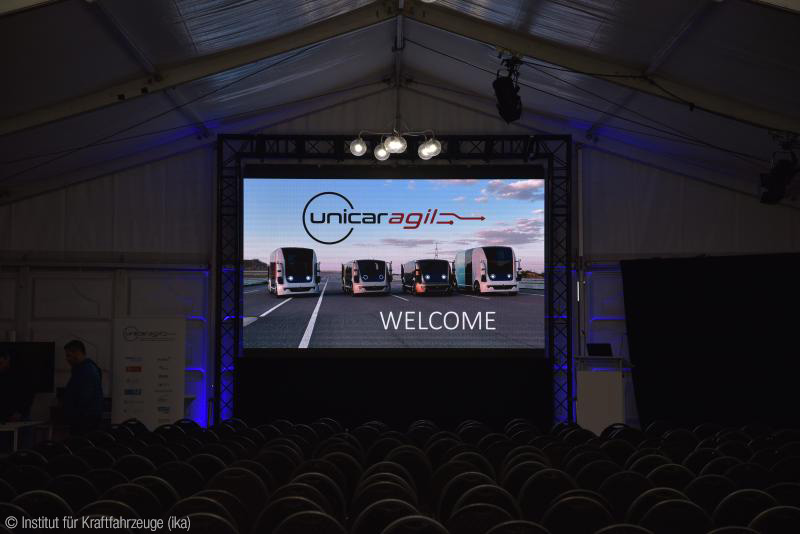

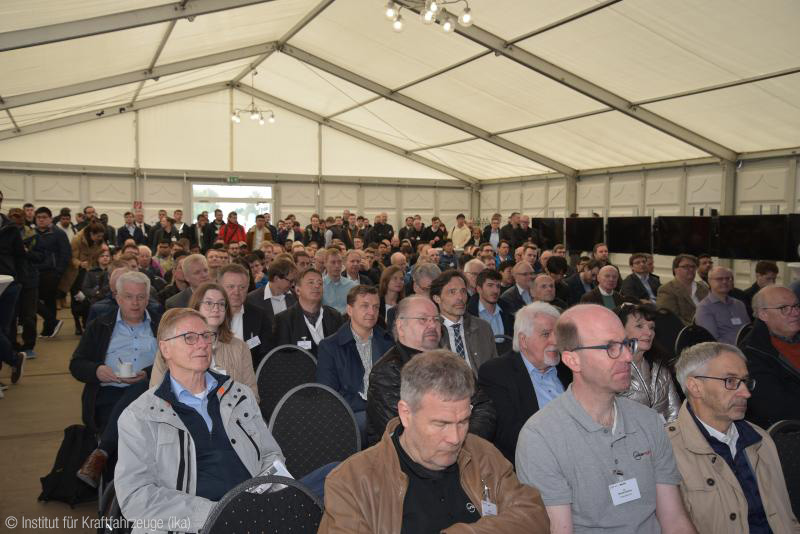
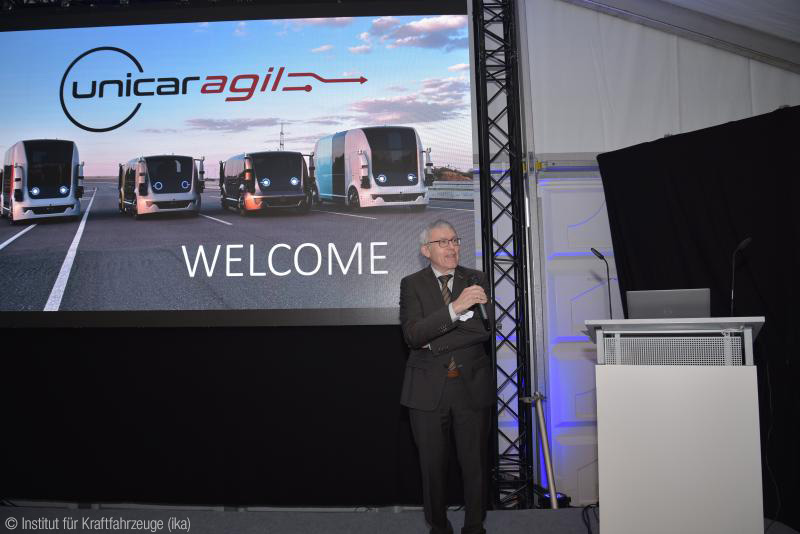

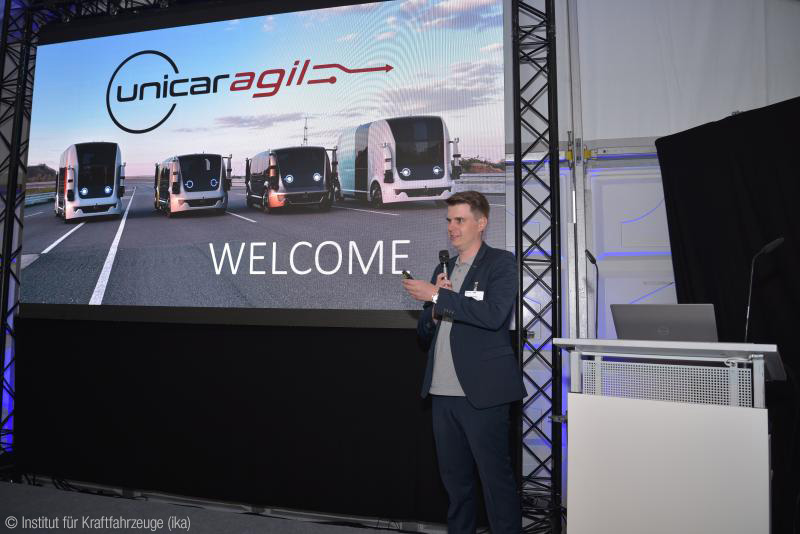
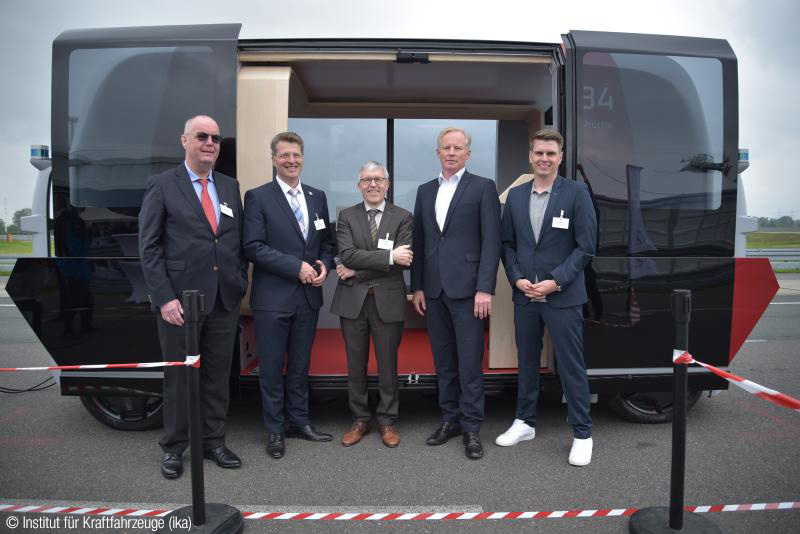
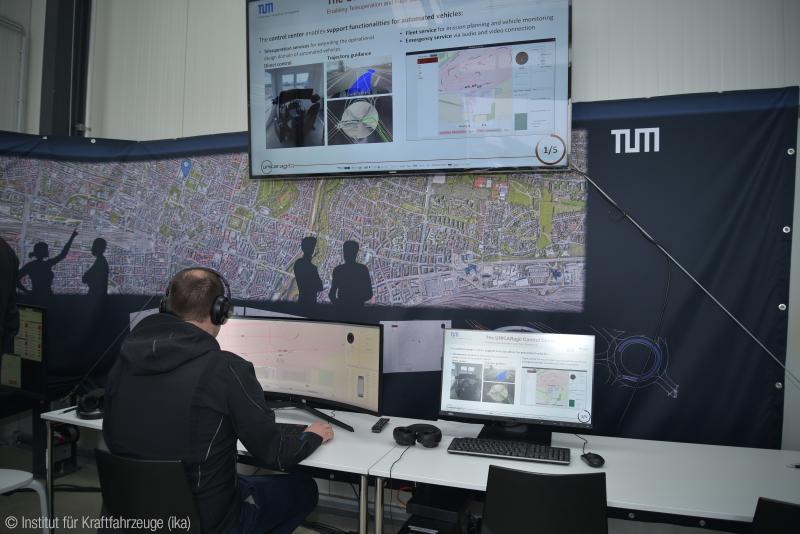
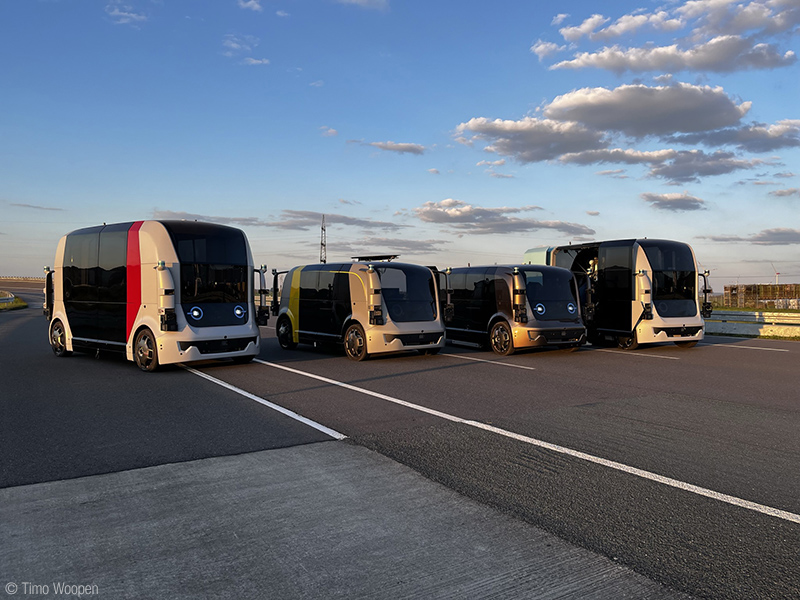
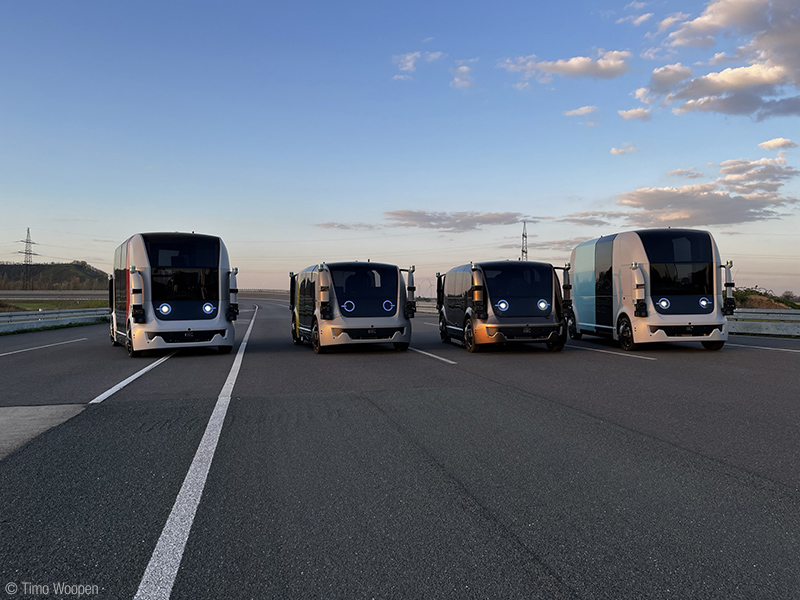
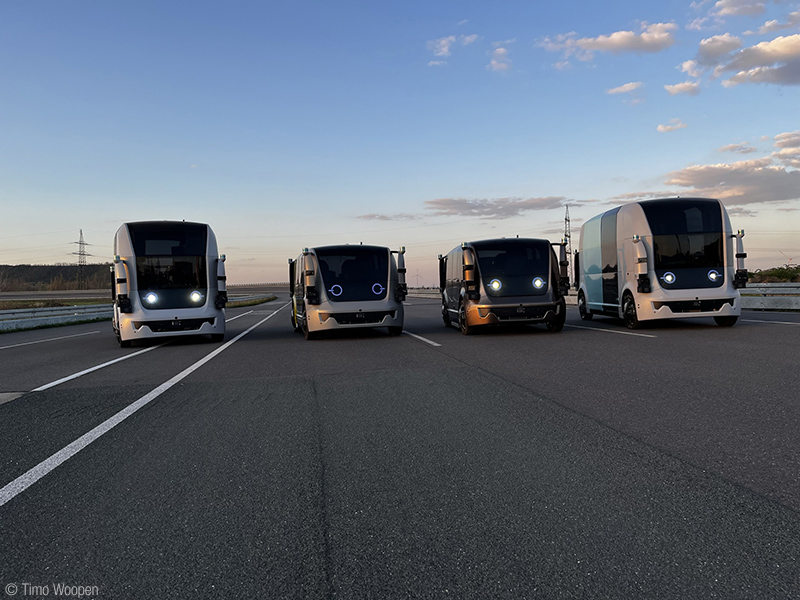
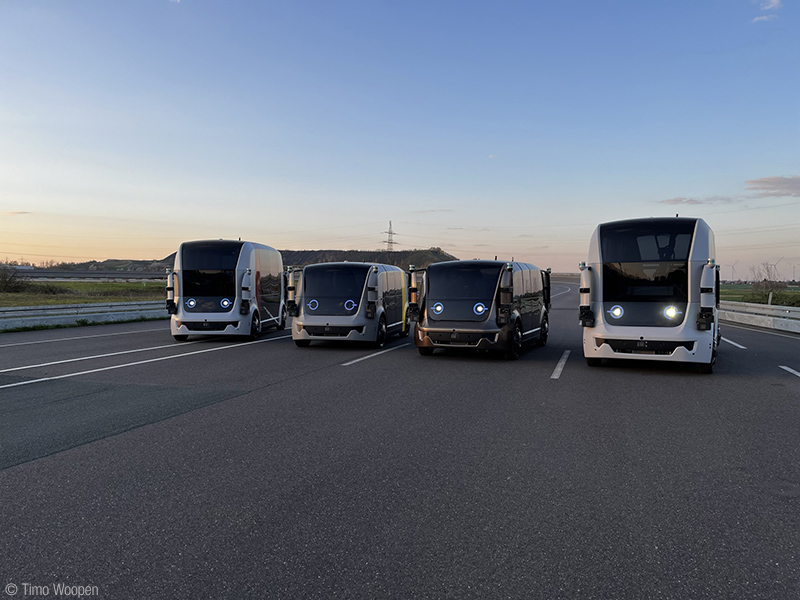
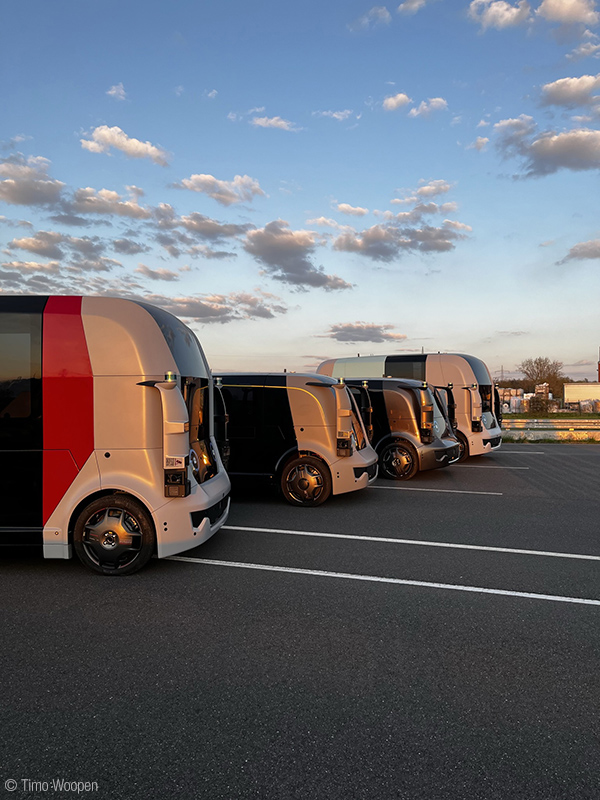
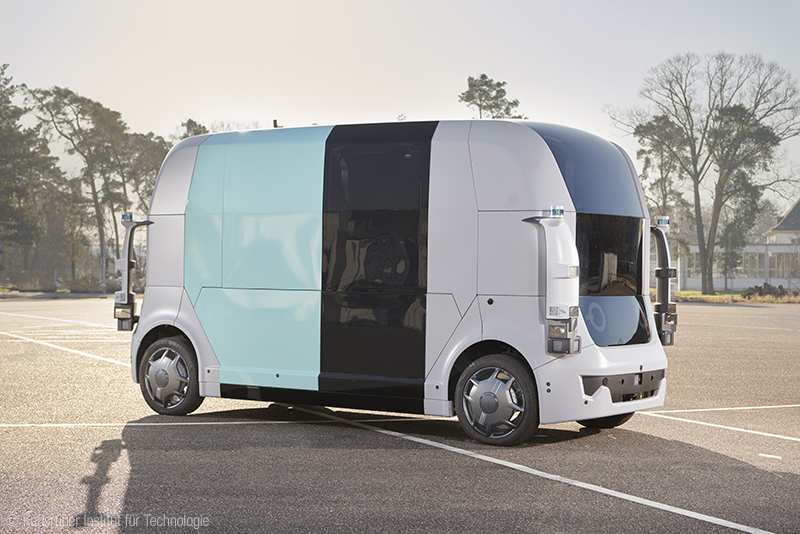
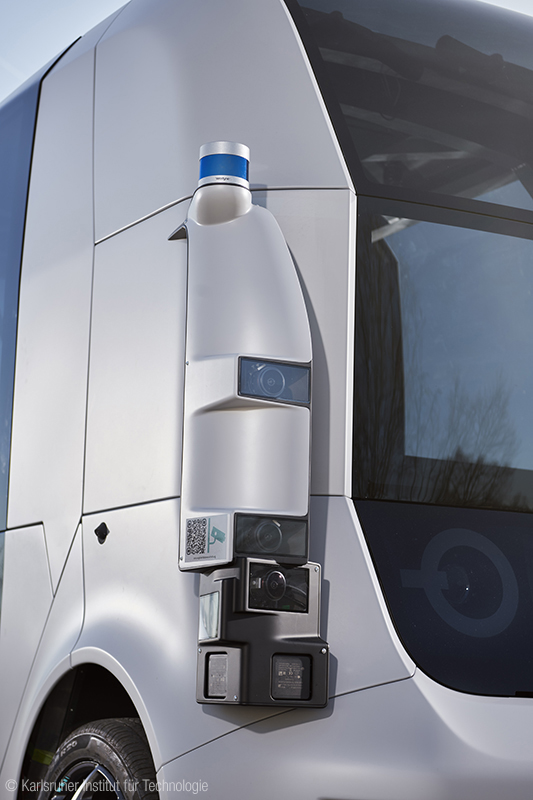
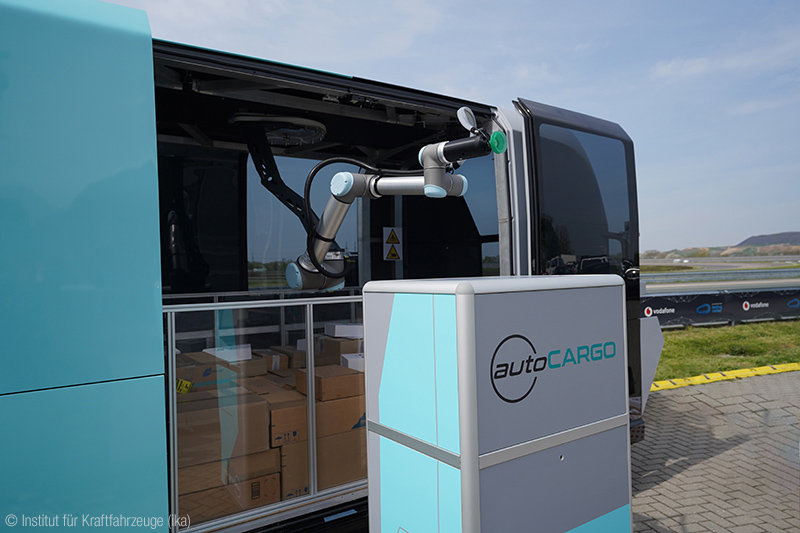
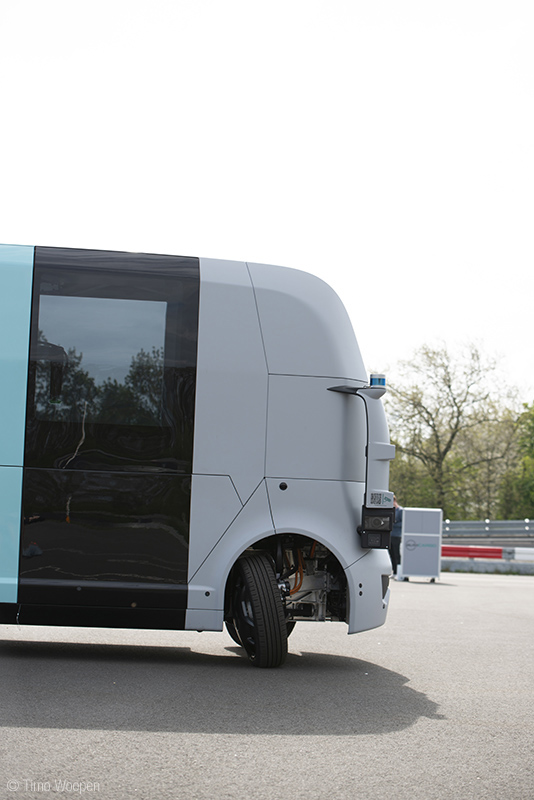
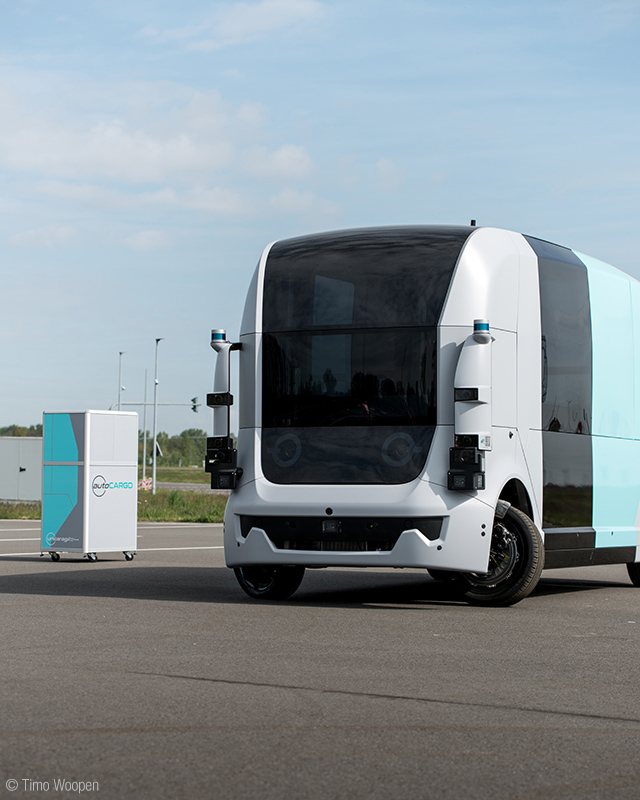
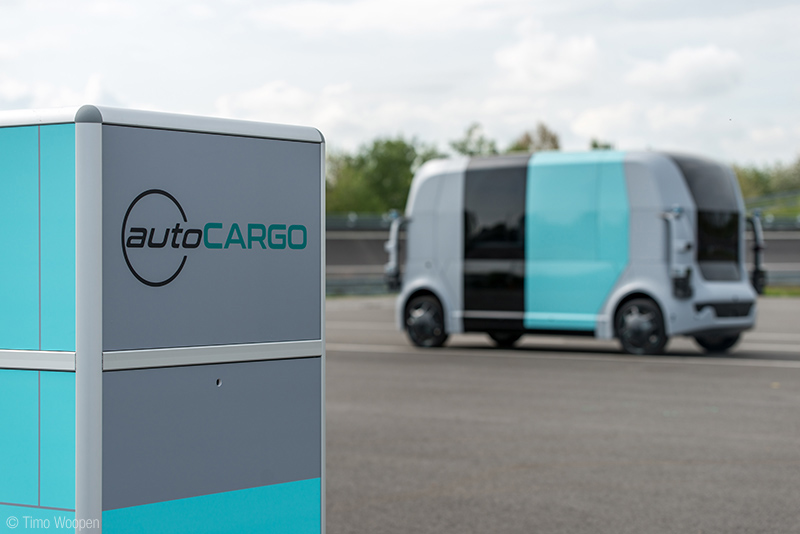
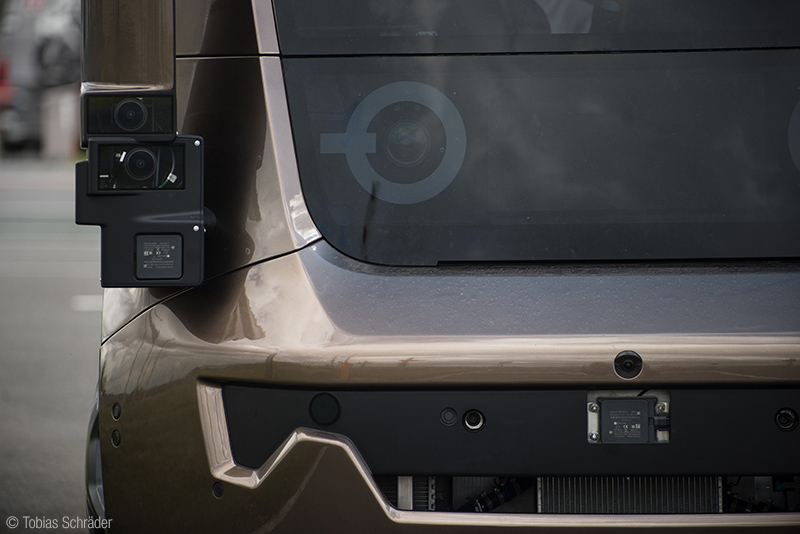
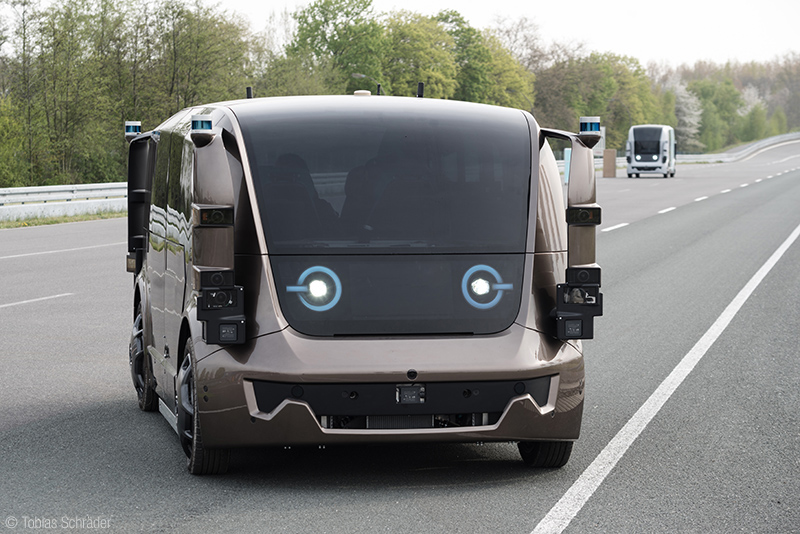
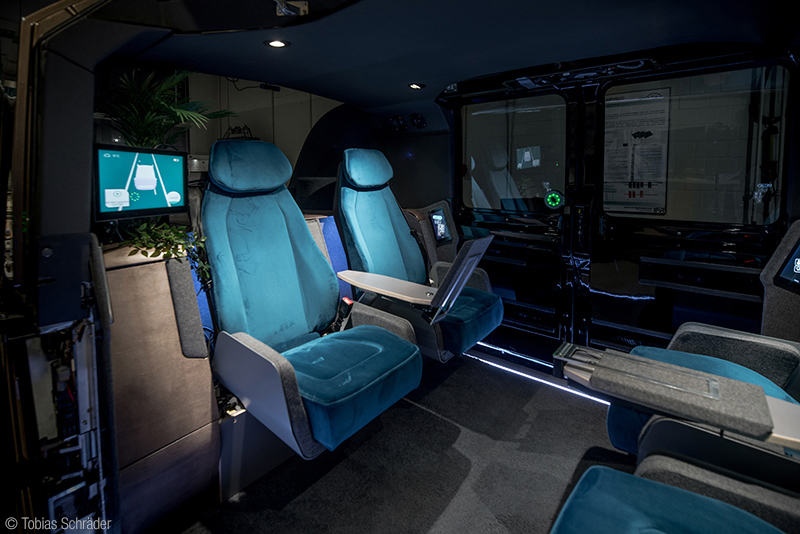
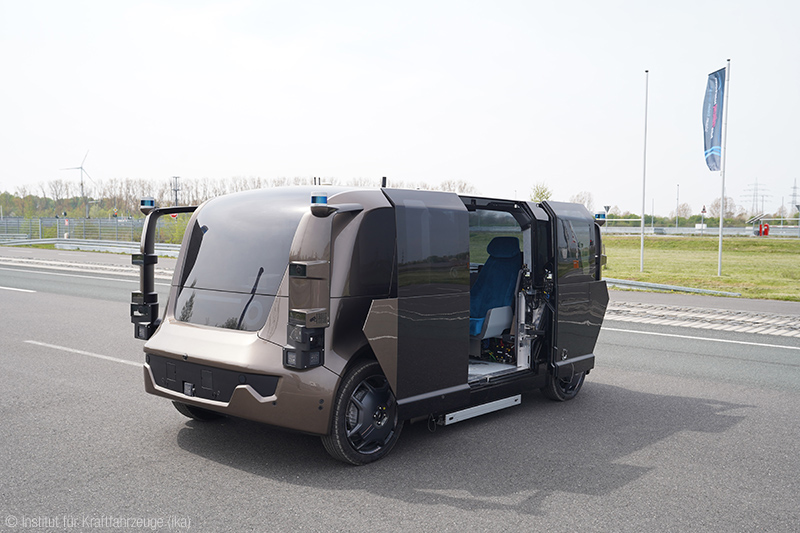
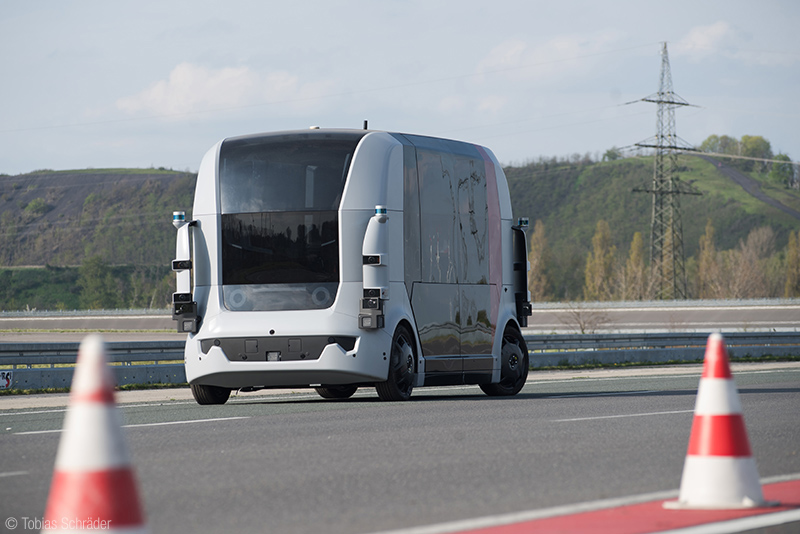
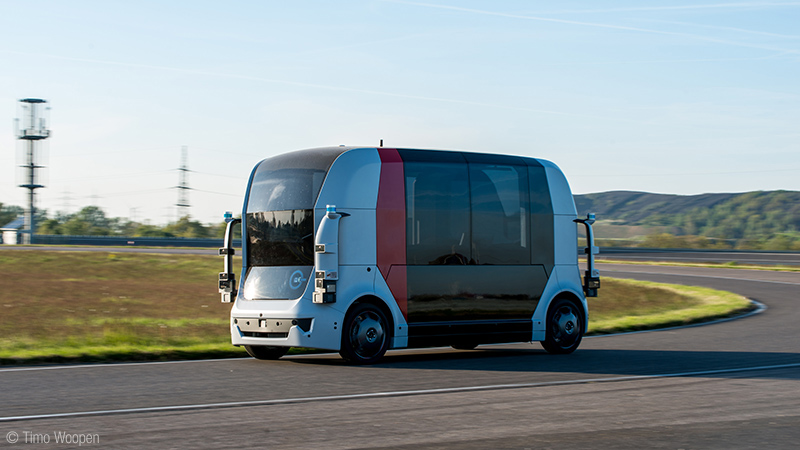
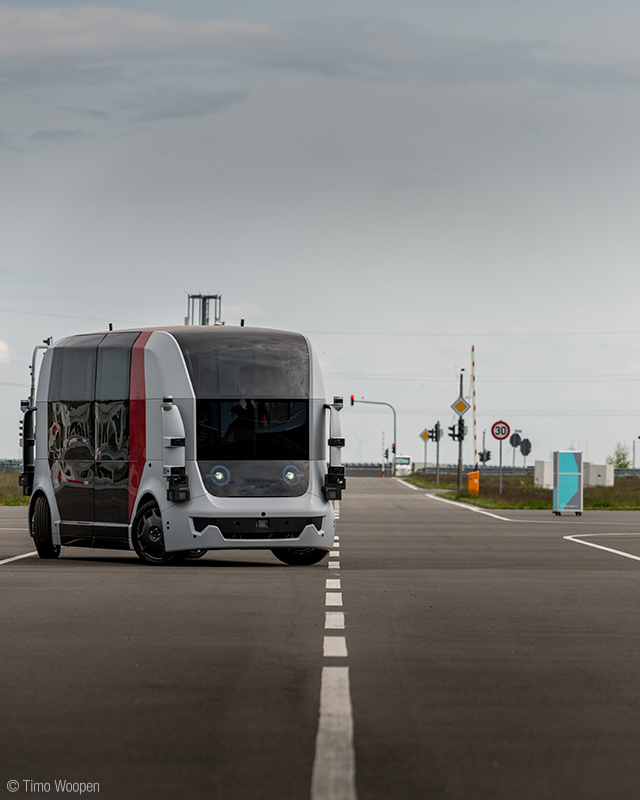
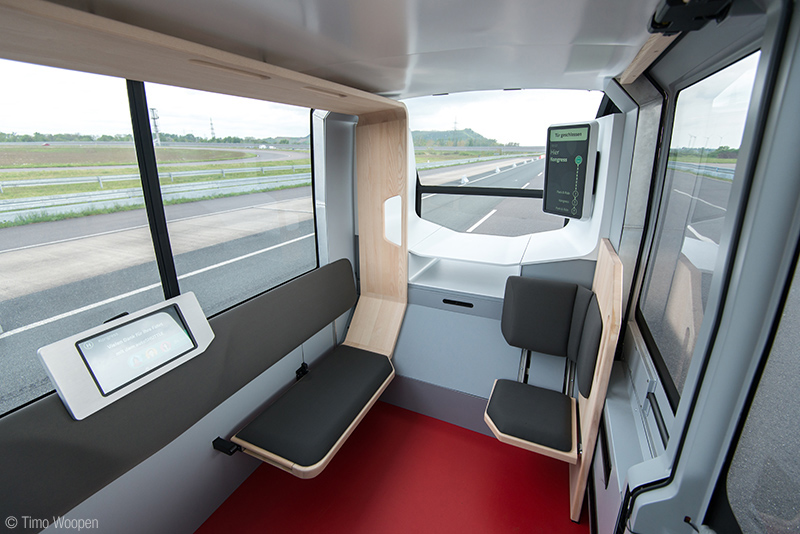

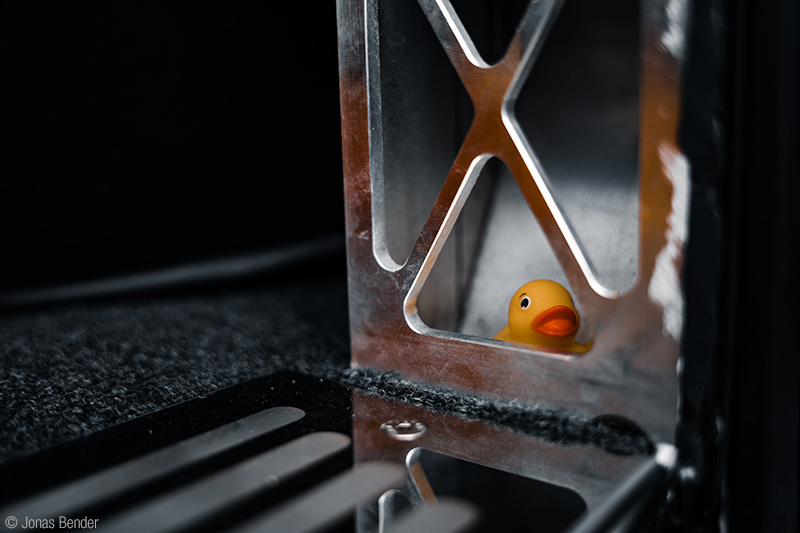
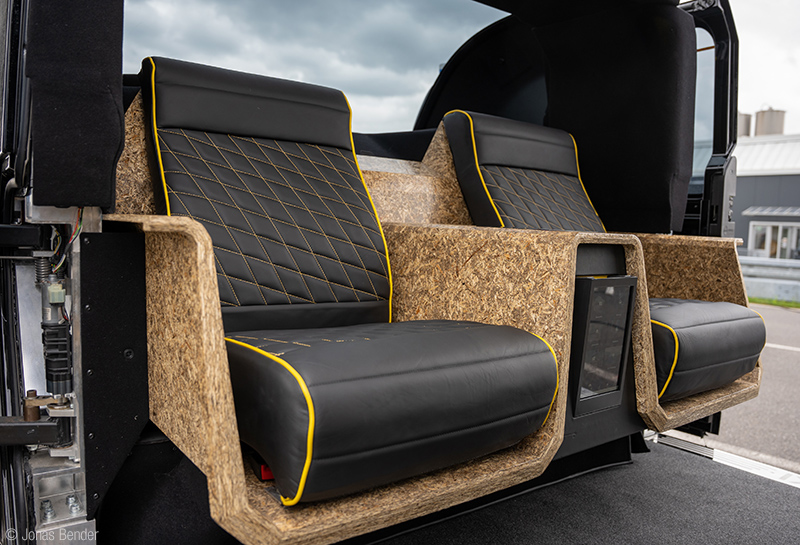
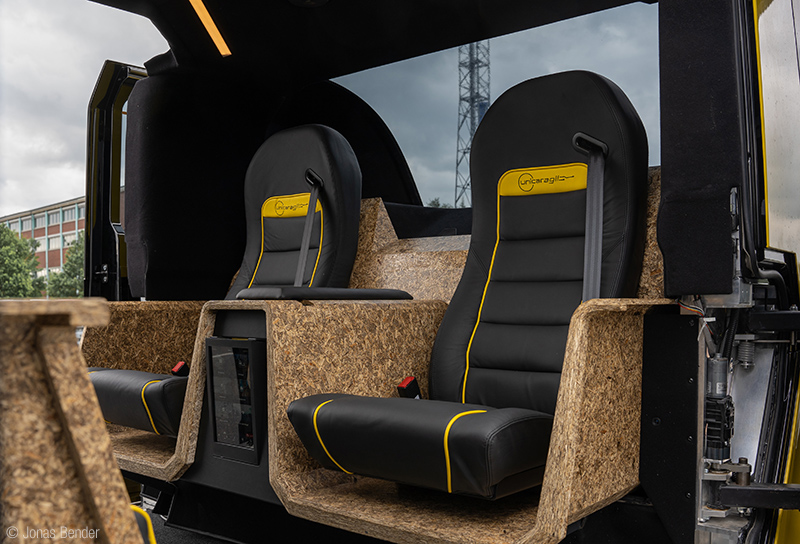
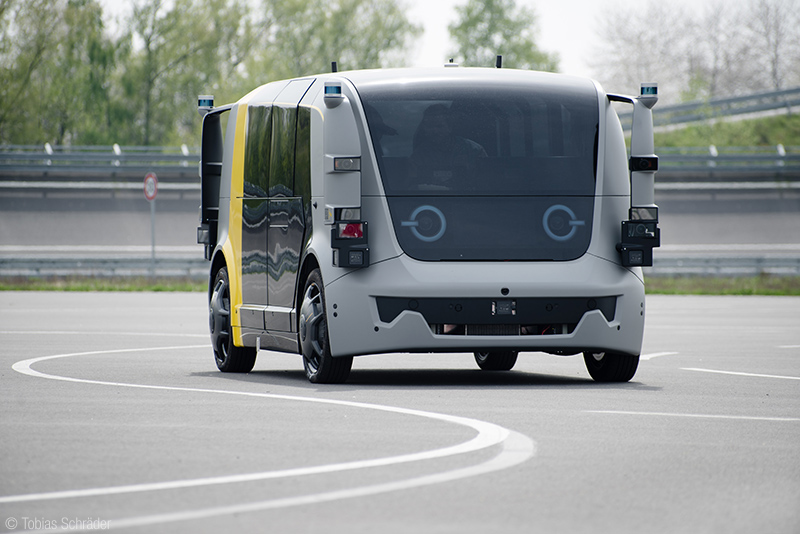
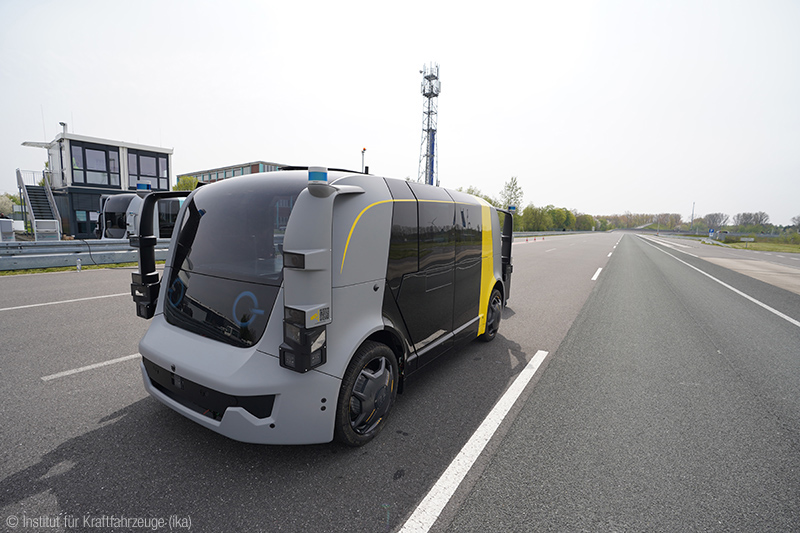
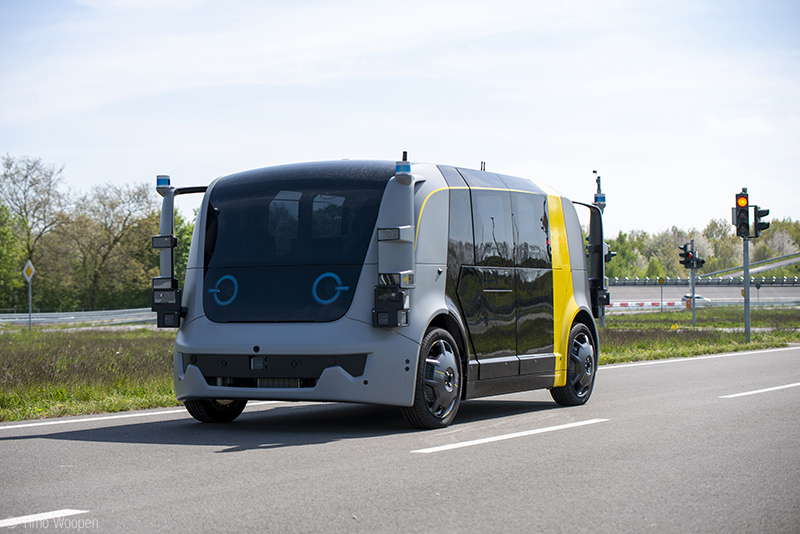
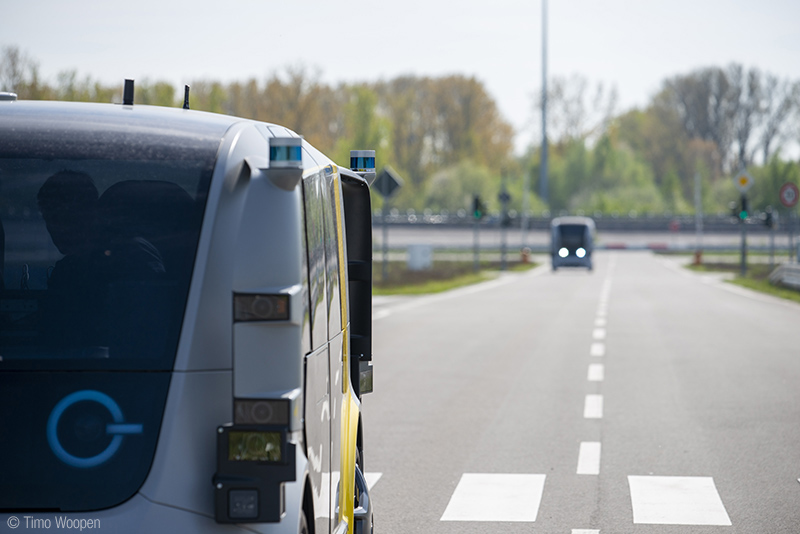
![[Logo: BM Bildung und Forschung]](/images/foerderer/bmbf-en.svg)